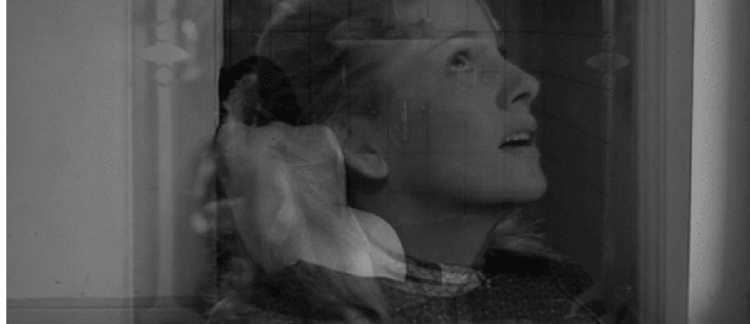Creator's Statement
Grace Lee's thought-provoking essay "The Speed (and Stillness) of Being Online" discusses the evolution of viewers' perceptions of media, by the criteria of speed\stillness. Lee's main approach, as I understand it, is pointing out the main shift in this issue during the development of digital media, especially when visual-based social media and content (such as YouTube videos, memes, and Tik-Tok loops) have become so ubiquitous. While the dominant discourse would make it seem as though the introduction of mass digital media into our world can be associated with the preference of speed slow, long-term processes that characterize pre-digital times, Lee's video presents a more complex picture.
Towards the end of essay, Lee: "This is an era increasingly defined, not by speed or stillness, but the constant tension between the two. Where speed is emotionally loved but intellectually despised, and slowness is intellectually admired but emotionally feared." This statement was really stimulating to me at that point in time, as an undergraduate student in film and television studies, stuck on her couch during the Covid-19 pandemic. During that time, I was thinking, as many did, of being as creative and productive as I be and of watching all the artsy, “important” kinds of movies I never got around to . But Facebook and YouTube were much more accessible and instantaneous, and required much less mental effort and commitment. As I watched Lee's essay, I immediately thought of Delphine Seyrig as Jeanne Dielman, peeling potatoes quietly in Chantal Akerman's famous film.
For me, Jeanne Dielman, 23, quai du commerce, 1080 Bruxelles(1975) is one the most challenging movies in terms of slowness, be sure which words related to which video. The sound of the video is taken from Whiplash (2014), and is meant to rhythmically complement the surplus of the image.
The result of this image experiment was quite surprising. While I was pretty sure that the change of pace would "destroy" the sequences and make them into parodies of themselves, I realized it actually helped to point out hidden qualities in them. On the right, Syrig's performance became much more neurotic, goal-oriented and irate. On the left, the "Tasty" video became even more "pornographic" and . In that way, putting into experiment the constant tension between speed and stillness made me rethink my preexisting assumptions, and I hope it might make others rethink theirs.
Biography:
Katia Arieli is a Master's student and teaching assistant at the Steve Tisch School of Film and Television, Tel Aviv University, studying in the school’s honors track.
Reviews
Review by Grace Lee
Katia Arieli’s experimental video is an excellent expansion on, and demonstration of, the non-linear relationship between speed and time. Even with their timecodes condensed or stretched, each clip retains the markers of its intended consumption. The “Tasty” video is elongated, but all it emphasises are the frames it leaves out, and the scene from Chantal Akerman's film is accelerated but becomes no easier to engage with. From this, it becomes even clearer that speed is as much about quantity as it is delivery, making food the ideal vessel of these images, folding in the question of just how and what we’re consuming – our essence, our dependence. It’s the perfect choice to consider the base, instinctive desires that lie underneath consumption, and the constant anxiety around the impact on our health, whether physical or mental.
It also provides the perfect companion to my original video as it contrasts the contextual platforms of Youtube and Vimeo, the former for its association with quick fix gluttony and the latter for its refined palate. Despite Arieli’s shorter run time, there’s no denying the video’s minimalist presentation is more in keeping with the slow ethos of arthouse and academia - and yet, it conveys its message in far less time than my high-speed locomotive of a Youtube video. So what are we really measuring?
